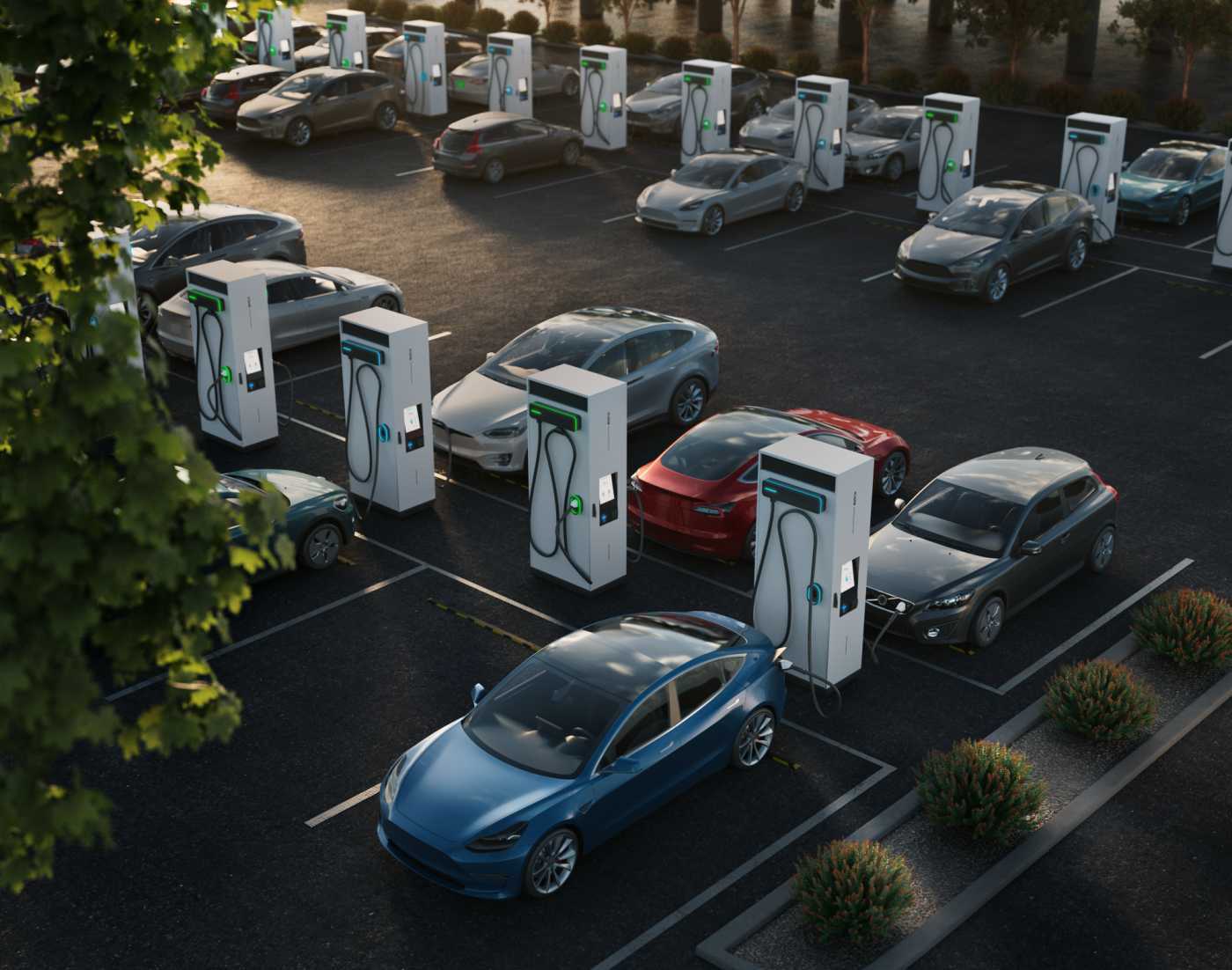
What is Fast Charging?
If you're planning a long drive with your electric vehicle, you'll probably want to use a fast charging station at some point. Fast charging—also known as Level 3 or DC charging—is designed to give you a quick power boost. Unlike home chargers, which take hours, fast charging can fill your battery in minutes.
But what exactly makes it so fast? The answer lies in two main factors: the power output and the type of current used. While home chargers usually deliver around 7.4 kW to 11 kW, fast charging stations can provide anywhere from 50 kW to 400 kW. This means your battery gets charged much quicker.
Another key difference is the type of current. Fast charging uses direct current (DC), while most home chargers use alternating current (AC). EV batteries require DC to function, so fast chargers convert AC to DC before sending it directly to the battery. This eliminates the need for the car’s onboard converter, making the process faster and more efficient.
Now that you understand the basics, let's break down how to actually use a fast charging station.
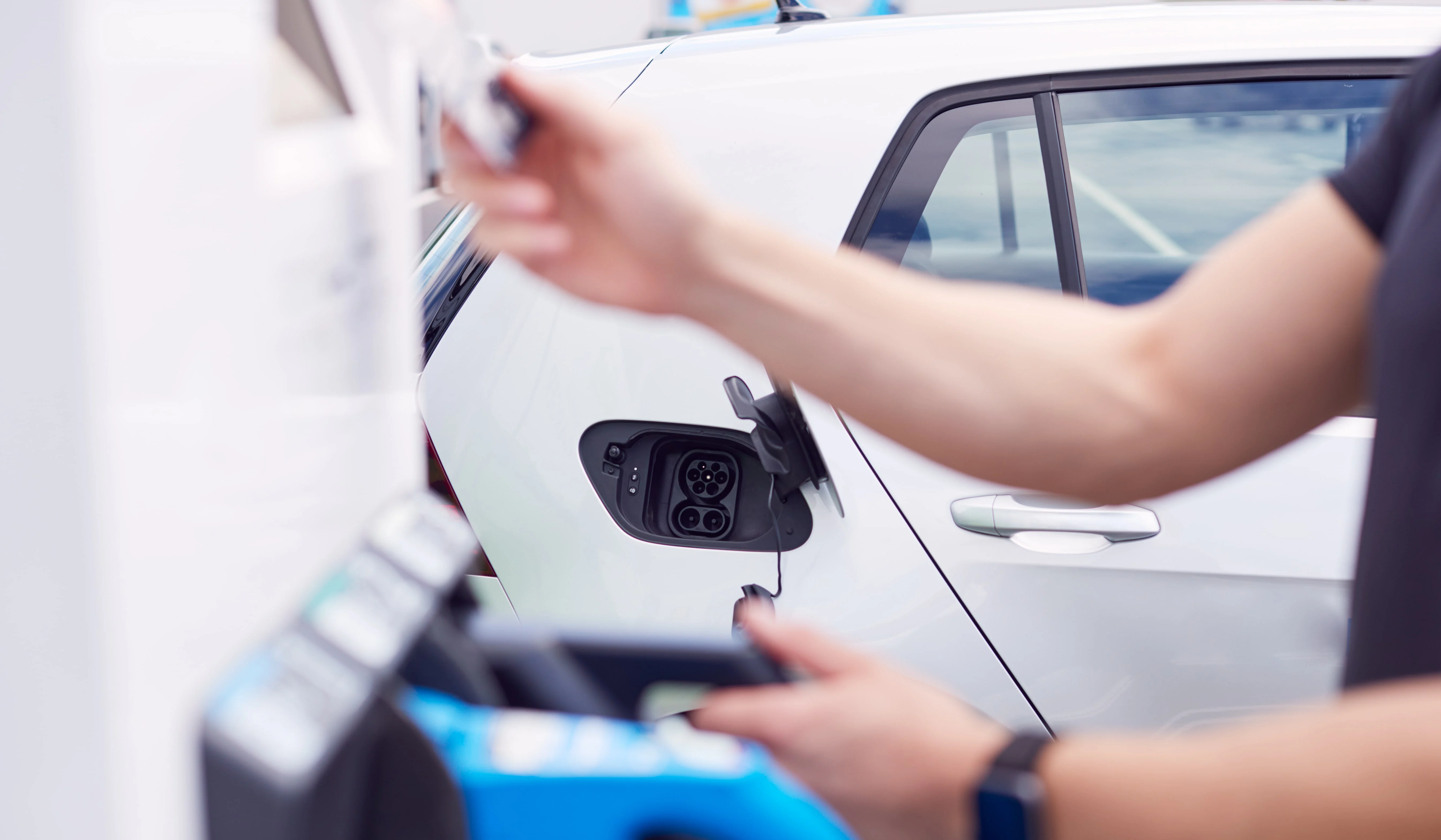
How to Charge at a Fast Charging Station
1. Find a Fast Charging Station
Before you can charge, you need to find a fast charging station. These aren't always easy to spot, as they often blend into parking lots or are hidden behind buildings. The easiest way is to use a dedicated charging app or a map service like Google Maps or Apple Maps.
Keep in mind that even though a station may be powerful, your car has its own limits. Most EVs can only accept up to 125–150 kW, so check your car’s specs to avoid disappointment. Also, all stations are built with safety in mind, so you don’t have to worry about the high voltage.
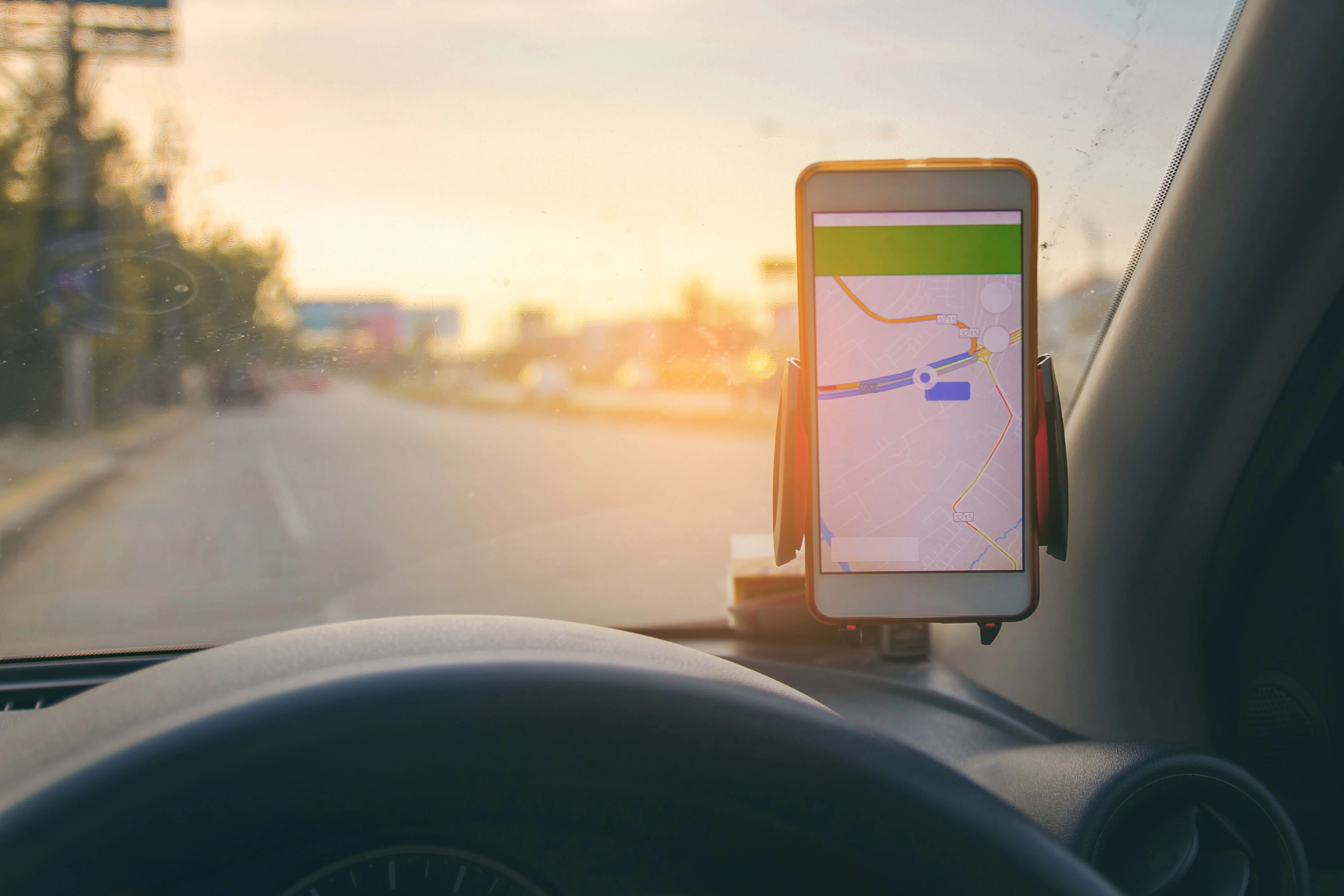
2. Get the Cable
Fast charging stations typically come with a built-in, non-removable cable. These cables are thicker and heavier than regular ones because they handle higher currents. You just need to make sure the plug matches your car’s charging port. Most connectors are standardized, but you can double-check your car’s specifications if needed.
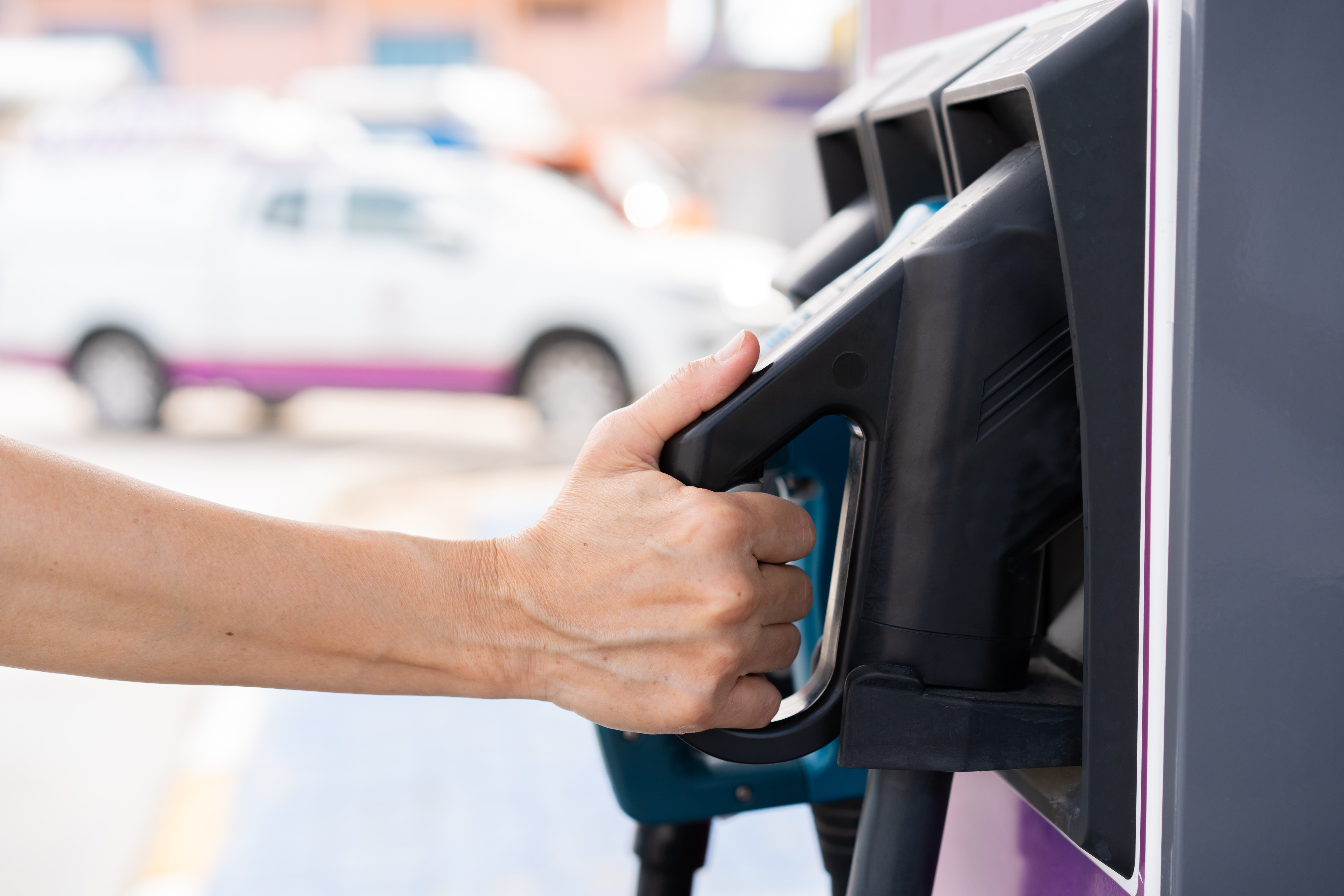
3. Connect the Car to the Charging Station
Once you've found the right station, connect the cable to your car. Some vehicles have a flap that covers the charging port, so make sure to open it. The port is usually on the side or rear of the car, but it can vary depending on the model. Double-check that you're parked correctly and that the cable can reach the port easily.
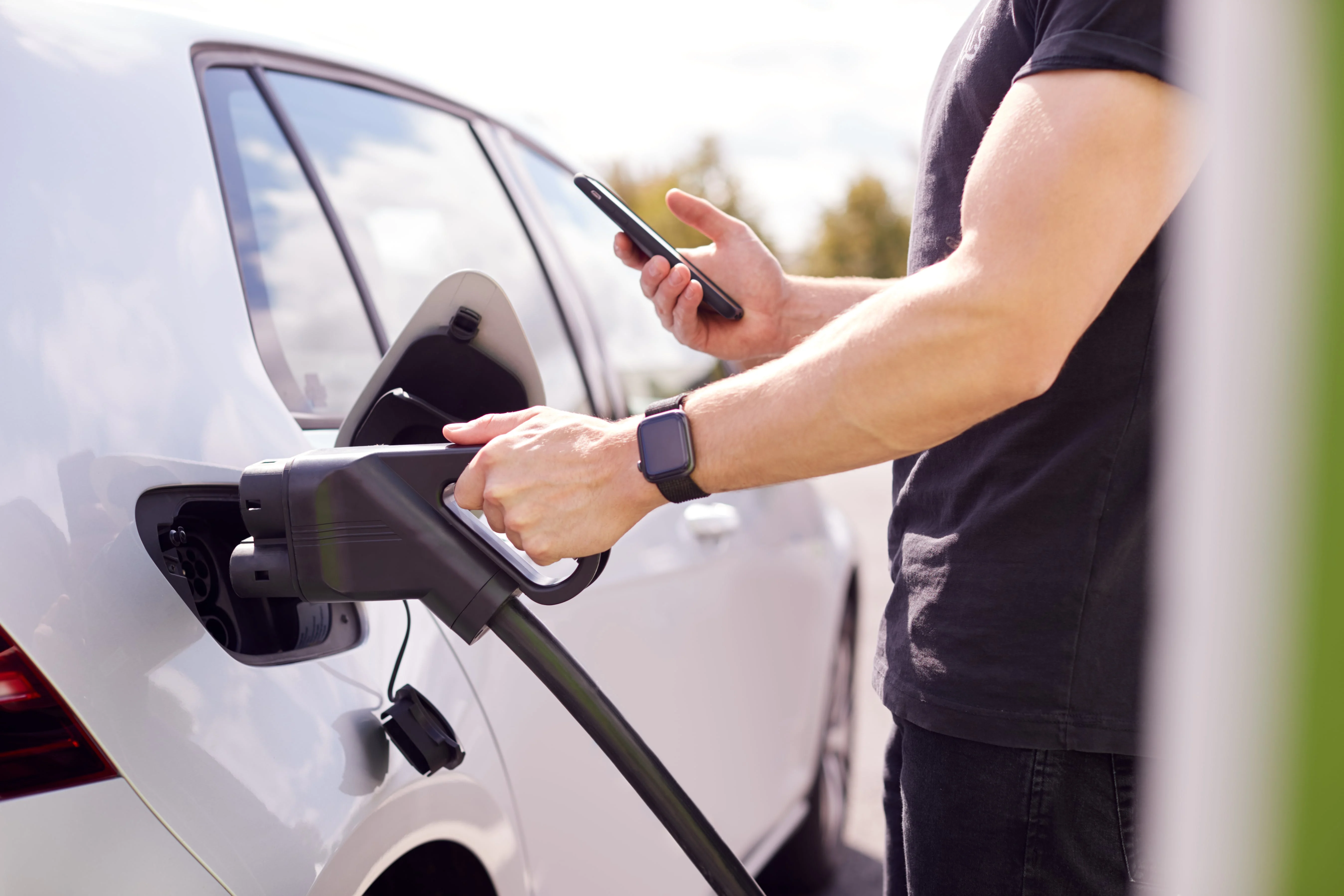
4. Authenticate and Start the Session
After connecting the cable, you’ll need to authenticate yourself. This is usually done via an app, a card, or a fob. Once authenticated, the charging will start automatically. Keep in mind that fast charging is generally more expensive than home or public charging due to the speed and convenience it offers.
5. End the Charging Session
When your battery reaches the desired level, it's time to end the session. If you used an app, you can stop the charge from there. If you used a fob or card, you might need to tap it again. Most stations also have interactive displays that let you manage your session directly. Don’t forget to return the cable to its socket once you’re done.
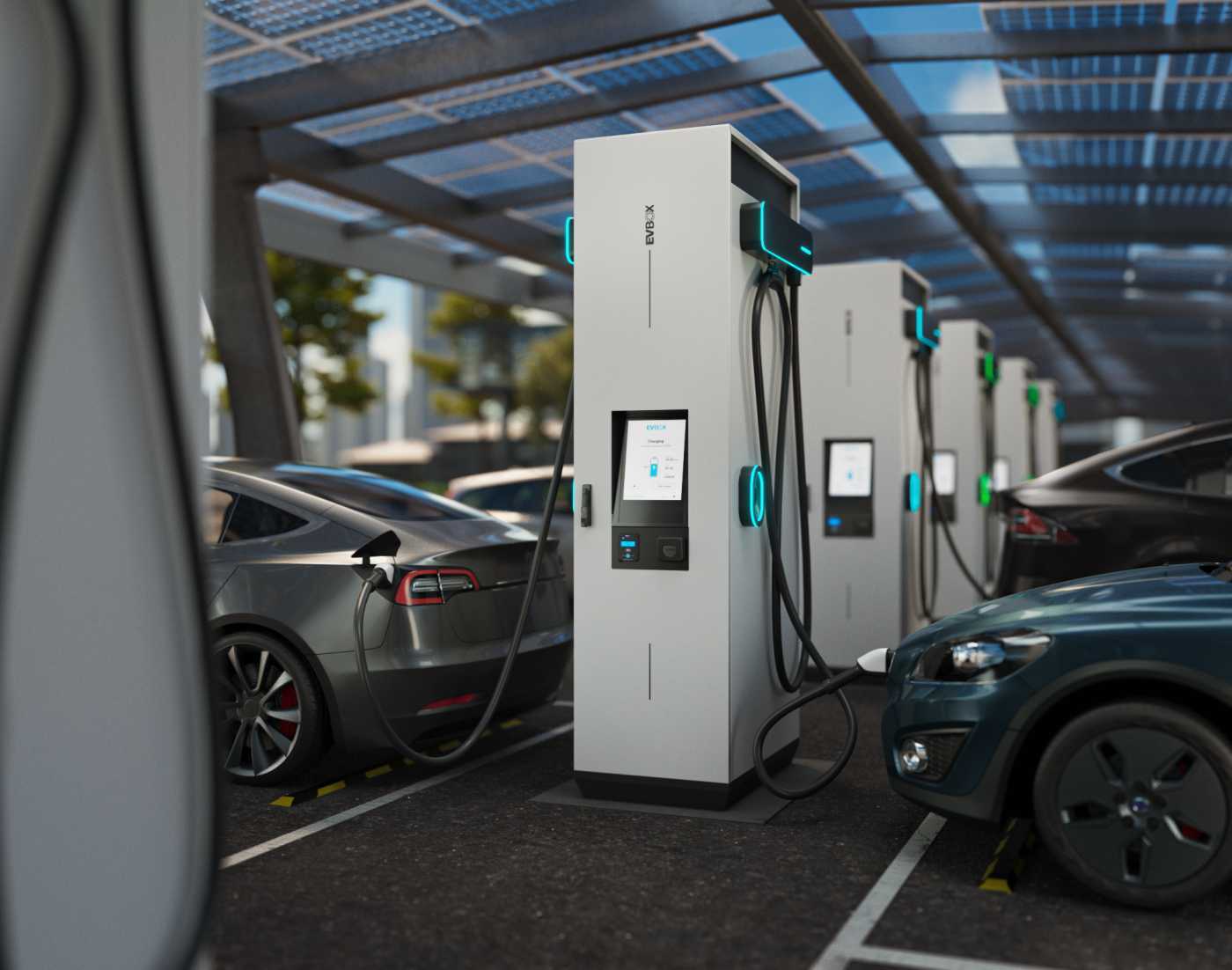
As more people switch to electric vehicles, the demand for fast charging will continue to grow. While it might feel unfamiliar at first, this guide should help you feel more confident using a fast charging station. If you're new to EVs, you might also want to read our guides on charging at home and using a public charger.





